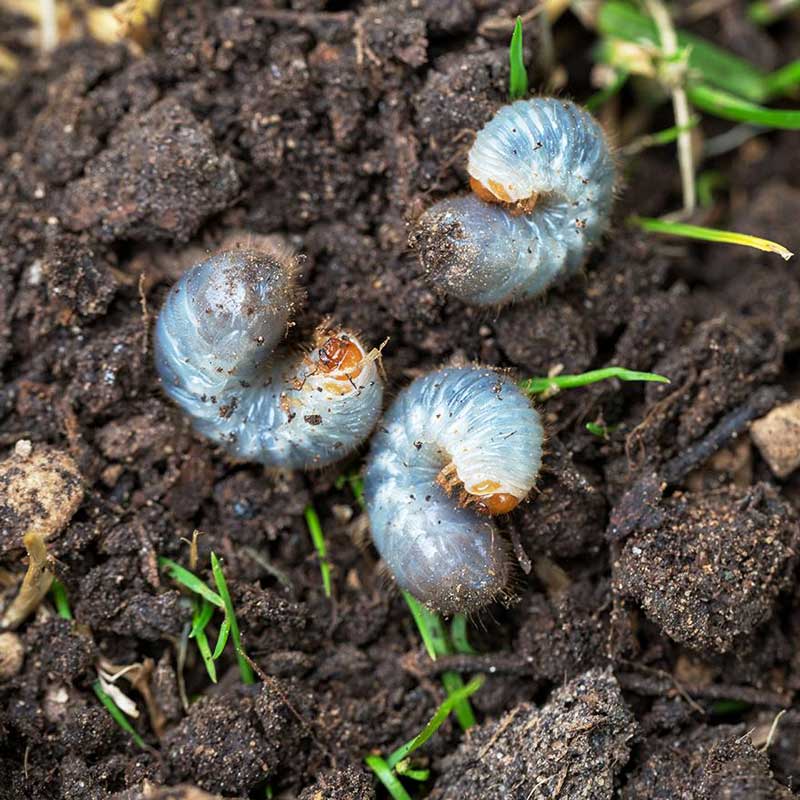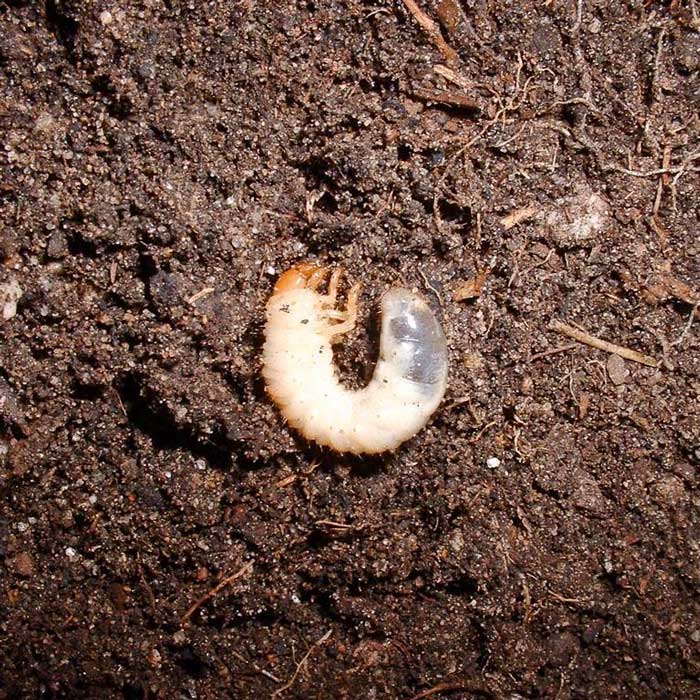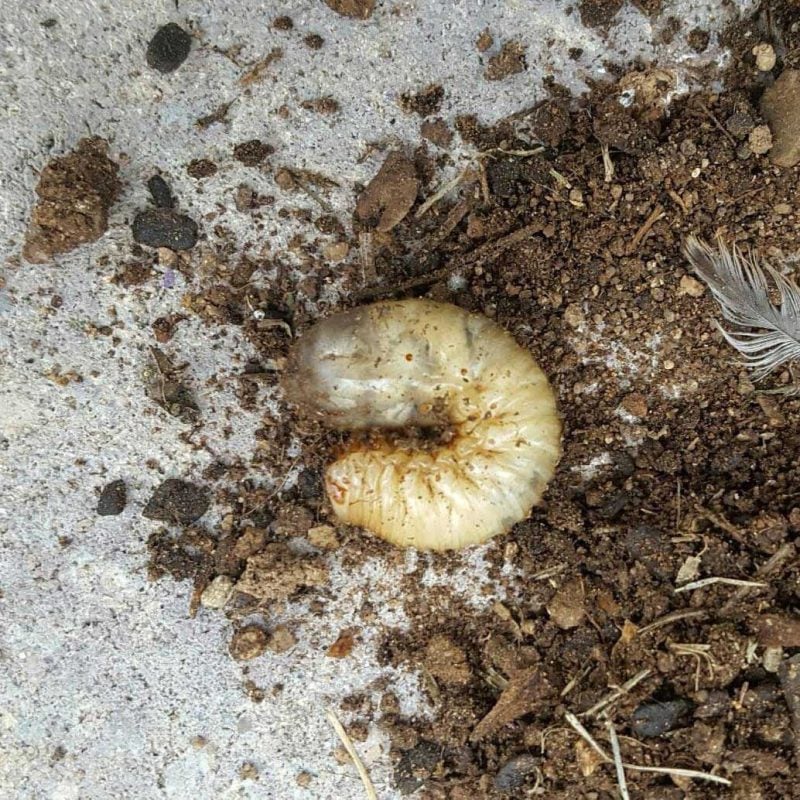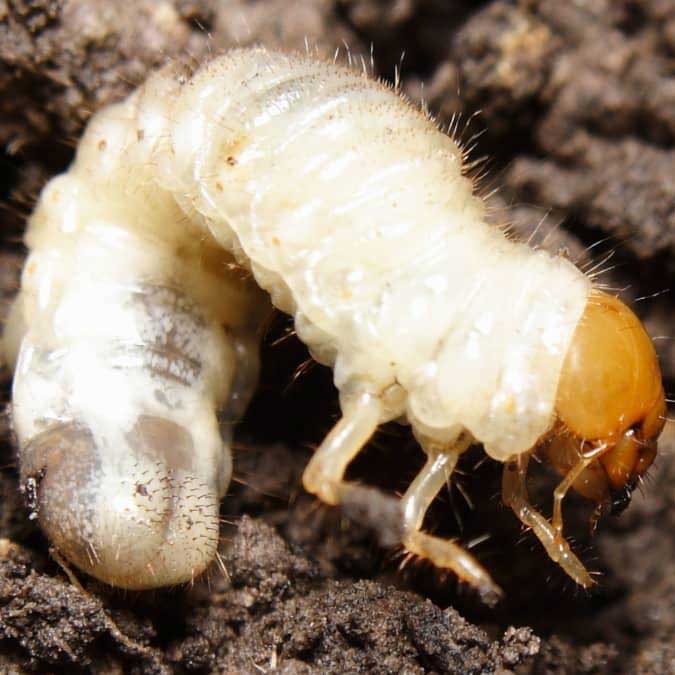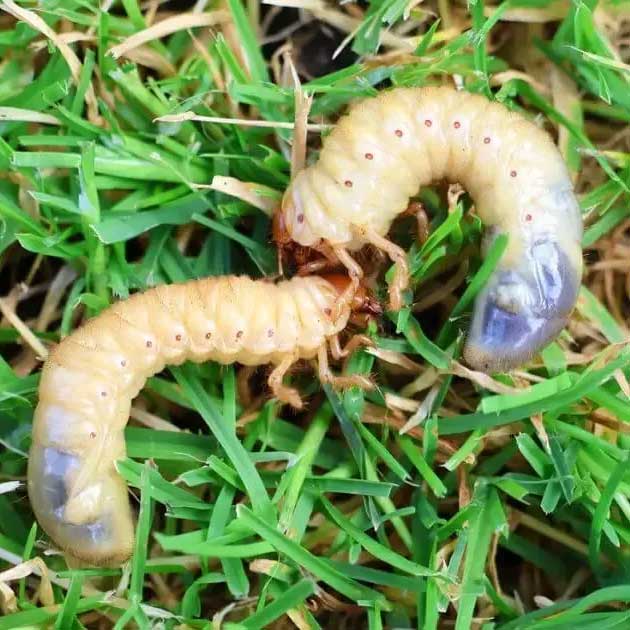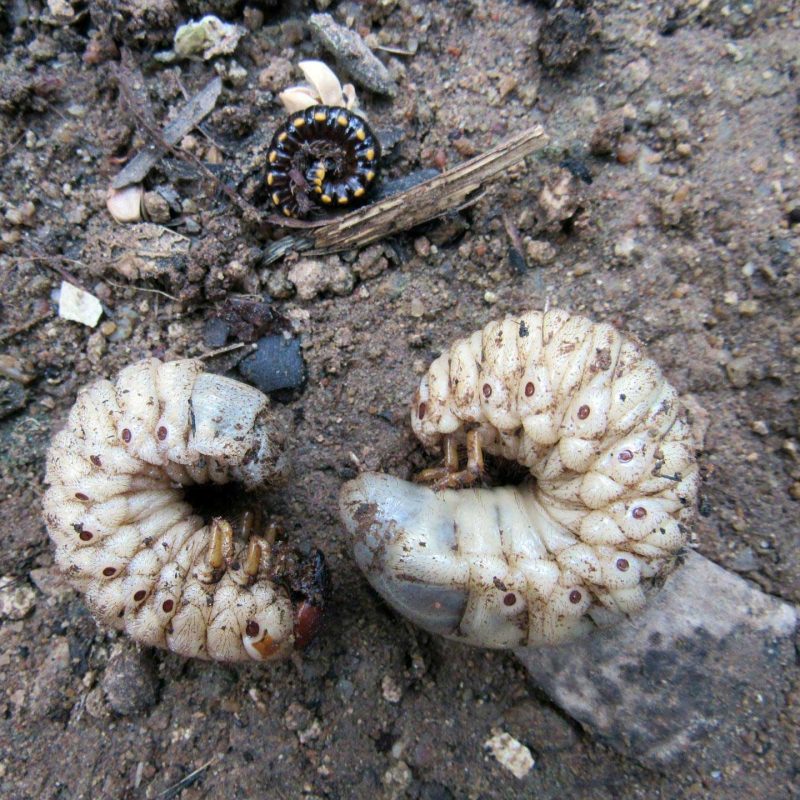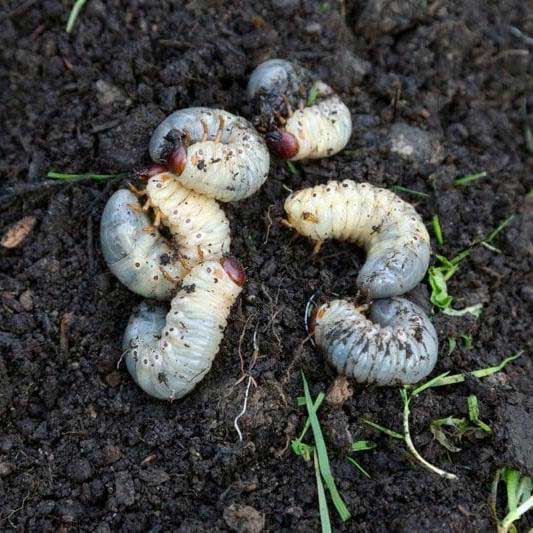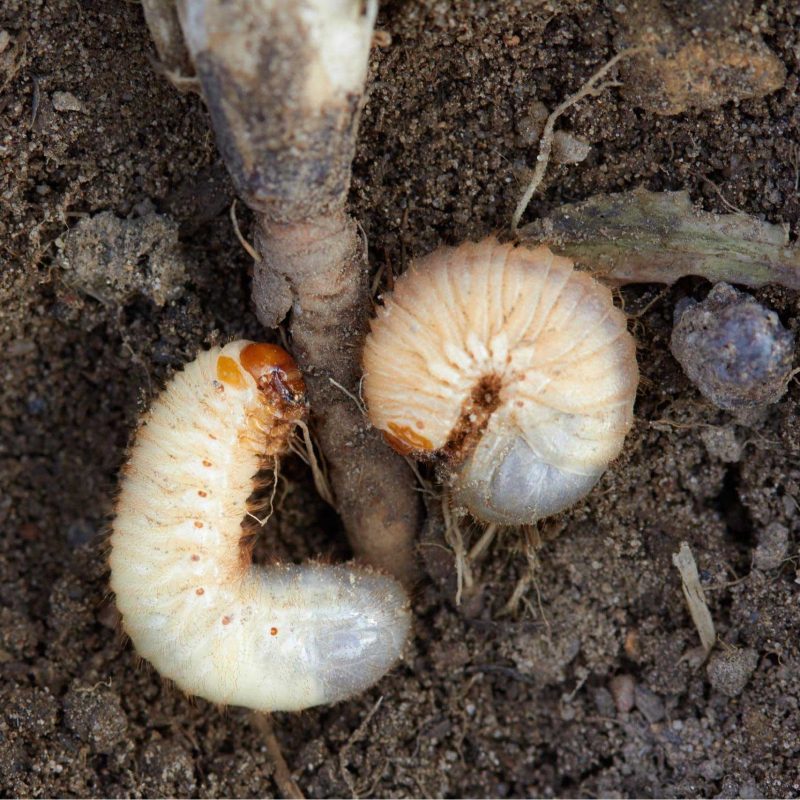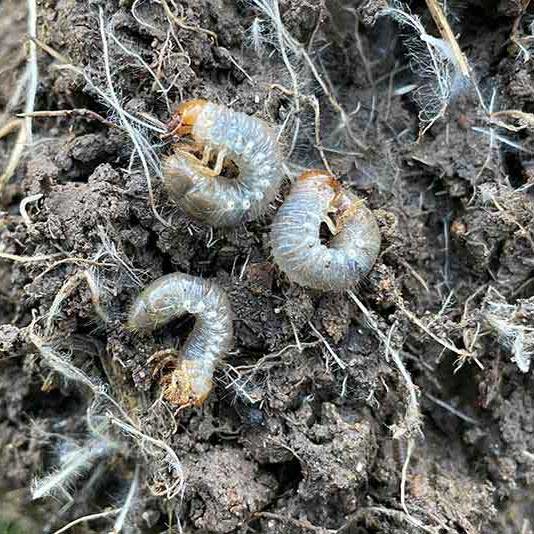Does Bifenthrin Kill Grubs?
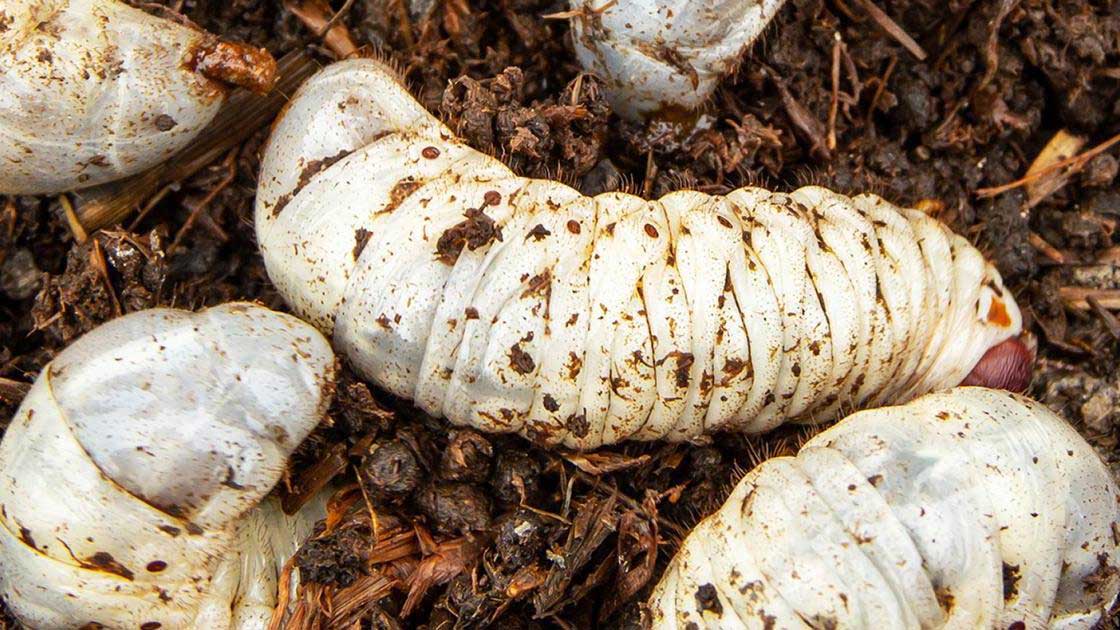
Bifenthrin, a widely used pyrethroid insecticide, is often marketed for its effectiveness against a broad spectrum of lawn and garden pests. However, its effectiveness in controlling grubs, specifically white grubs that feed on grassroots, is a topic of debate.
Understanding Grubs and Their Impact
Grubs, the larval stage of beetles such as Japanese beetles, June bugs, and chafer beetles, are a common lawn pest. These pests feed on grassroots, causing visible damage like yellowing patches, weakened turf, and increased vulnerability to secondary pests like birds and raccoons. Left untreated, grubs can devastate a lawn, requiring costly repairs and reseeding efforts.
How Does Bifenthrin Work?
Bifenthrin acts on the nervous system of insects, causing paralysis and eventual death. It is labeled for use against surface-dwelling pests such as ants, spiders, and ticks, and some soil-dwelling pests like termites. As a contact and residual insecticide, bifenthrin works best when applied to surfaces where pests are active.
Bifenthrin’s Effectiveness Against Grubs
While bifenthrin is an effective tool for managing many lawn pests, it is generally not considered the best option for controlling grubs. Here’s why:
- Target Location: Grubs live beneath the soil, feeding on grassroots. Bifenthrin’s action is primarily surface-based, and it does not penetrate the soil deeply enough to reach grubs effectively.
- Labeled Usage: Most bifenthrin products do not explicitly list grubs as a target pest. This is because systemic insecticides like imidacloprid or chlorantraniliprole are better suited for grub control. These products are absorbed by the soil and roots, directly impacting grubs as they feed.
- Timing and Application: For any insecticide to be effective against grubs, timing is critical. Grubs are most vulnerable in their early larval stages, typically in late summer to early fall. Even if bifenthrin is used, improper timing can significantly reduce its effectiveness.
Alternatives to Bifenthrin for Grub Control
For homeowners and lawn care professionals seeking effective grub management, consider the following alternatives:
- Preventive Treatments: Products containing chlorantraniliprole offer season-long control when applied early in the year.
- Curative Treatments: Insecticides with active ingredients like imidacloprid or carbaryl target actively feeding grubs during late summer.
- Biological Controls: Nematodes and milky spore disease provide eco-friendly options for long-term grub management.
Conclusion
While bifenthrin is a powerful insecticide for many pests, it is not the most effective solution for controlling grubs. Homeowners should opt for targeted grub control products and apply them at the right time for optimal results. Always read and follow the label instructions of any pesticide and consult with a lawn care professional if unsure.
By understanding the specific needs of grub management and choosing the appropriate treatments, you can protect your lawn from damage and maintain its health year-round.

Bifenthrin, a widely used pyrethroid insecticide, is often marketed for its effectiveness against a broad spectrum of lawn and garden pests. However, its effectiveness in controlling grubs, specifically white grubs that feed on grassroots, is a topic of debate.
Understanding Grubs and Their Impact
Grubs, the larval stage of beetles such as Japanese beetles, June bugs, and chafer beetles, are a common lawn pest. These pests feed on grassroots, causing visible damage like yellowing patches, weakened turf, and increased vulnerability to secondary pests like birds and raccoons. Left untreated, grubs can devastate a lawn, requiring costly repairs and reseeding efforts.
How Does Bifenthrin Work?
Bifenthrin acts on the nervous system of insects, causing paralysis and eventual death. It is labeled for use against surface-dwelling pests such as ants, spiders, and ticks, and some soil-dwelling pests like termites. As a contact and residual insecticide, bifenthrin works best when applied to surfaces where pests are active.
Bifenthrin’s Effectiveness Against Grubs
While bifenthrin is an effective tool for managing many lawn pests, it is generally not considered the best option for controlling grubs. Here’s why:
- Target Location: Grubs live beneath the soil, feeding on grassroots. Bifenthrin’s action is primarily surface-based, and it does not penetrate the soil deeply enough to reach grubs effectively.
- Labeled Usage: Most bifenthrin products do not explicitly list grubs as a target pest. This is because systemic insecticides like imidacloprid or chlorantraniliprole are better suited for grub control. These products are absorbed by the soil and roots, directly impacting grubs as they feed.
- Timing and Application: For any insecticide to be effective against grubs, timing is critical. Grubs are most vulnerable in their early larval stages, typically in late summer to early fall. Even if bifenthrin is used, improper timing can significantly reduce its effectiveness.
Alternatives to Bifenthrin for Grub Control
For homeowners and lawn care professionals seeking effective grub management, consider the following alternatives:
- Preventive Treatments: Products containing chlorantraniliprole offer season-long control when applied early in the year.
- Curative Treatments: Insecticides with active ingredients like imidacloprid or carbaryl target actively feeding grubs during late summer.
- Biological Controls: Nematodes and milky spore disease provide eco-friendly options for long-term grub management.
Conclusion
While bifenthrin is a powerful insecticide for many pests, it is not the most effective solution for controlling grubs. Homeowners should opt for targeted grub control products and apply them at the right time for optimal results. Always read and follow the label instructions of any pesticide and consult with a lawn care professional if unsure.
By understanding the specific needs of grub management and choosing the appropriate treatments, you can protect your lawn from damage and maintain its health year-round.

